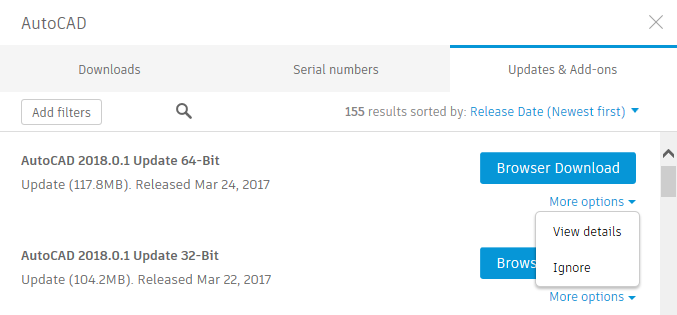Some people are confused by Autodesk’s naming terminology about subscription, maintenance and rental. This is entirely Autodesk’s fault, because it took a name (Subscription) which had a long-established meaning (including perpetual licensing) and used that name (but without its initial capital) to mean the opposite (no perpetual licensing).
There was a brief period, only last year, where the S word meant both things at the same time and differentiation between the opposing meanings was achieved using different prefixes.
Confused yet?
I’m not sure whether it’s kinder to view Autodesk doing something so obviously confusing as merely incompetence in communication or a deliberate attempt to confuse and deceive customers and/or the share market. Or maybe it was an inspired choice and I’m too obtuse to comprehend its genius. Choose whichever explanation you prefer.
In an attempt to clear things up, but at the risk of confusing matters further, Autodesk’s naming history goes something like this. The years shown below are approximate and some of them varied for different products and markets.
| Year |
Name for perpetual license + pre-paid upgrades | Name for rental |
| 1997-2001 | VIP Subscription Program | – |
| 2001-2003 | VIP Subscription Program | Rental |
| 2004-2012 | Subscription | – |
| 2013 | Subscription | Rental |
| 2014-2015 | Subscription | – |
| 2016 (briefly) | maintenance subscription | desktop subscription |
| 2016- | maintenance | subscription |
The current rental regime, which has run under two names to date but is currently called ‘subscription’, is the third attempt Autodesk has had at rental. The first two attempts failed in the marketplace because the vast majority of customers prefer perpetual licenses.



